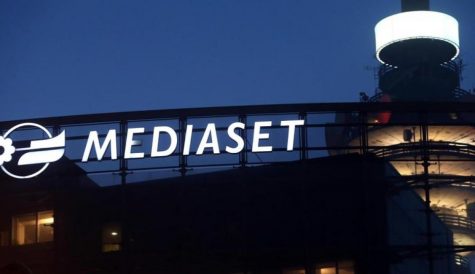
After more than 40 years of operation, DTVE is closing its doors and our website will no longer be updated daily. Thank you for all of your support.
Brazil adopts key ATSC tech for next-gen TV standard
 The Brazilian digital-terrestrial TV standards body, the Fórum Sistema Brasileiro TV Digital Terrestre (SBTVD Forum), has adopted a number of US standards body the ATSC’s technologies for its next-generation DTT standard.
The Brazilian digital-terrestrial TV standards body, the Fórum Sistema Brasileiro TV Digital Terrestre (SBTVD Forum), has adopted a number of US standards body the ATSC’s technologies for its next-generation DTT standard.
The ATSC hailed the decision of the SBTVD Forum to recommend to the Brazilian government several technologies proposed by it for Brazil’s next-generation terrestrial digital television standard.
The ATSC 3.0 suite of standards is currently being implemented in South Korea as well as the US and is also to be adopted by Jamaica.
Brazil’s current digital-terrestrial standard, SBTVD-T, is a variant of the Japanese ISDB-T standard and is widely adopted, with some variants, across South and Central America, with the exceptions of DVB-T territories Colombia, Panama, Suriname and French Guiana.
The SBTVD Forum’s recommendations come after a call for proposals and subsequent testing and evaluations conducted by the Forum following the start of the TV 3.0 Project in July 2020.
The Forum has so far selected five technologies proposed by ATSC for both the broadcast and broadband components of the TV 3.0 system: ROUTE/DASH Transport; MPEG-H Audio; IMSC1 Captions; HDR10 Video High Dynamic Range EOTF (with optional dynamic HDR metadata based on SMPTE ST 2094-10 and SMPTE ST 2094-40); and ATSC 3.0 Advanced Emergency Alerting.
The ATSC has also proposed a number of other technologies for the TV 3.0 broadband component – H.265/HEVC Video Base Layer Encoding, optional HLG Video High Dynamic Range EOTF, optional SL-HDR1 High Dynamic Range delivery, and optional AC-4 Audio – but decisions on these have yet to be taken.
Brazil plans to begin deployment of its TV 3.0 system in 2024. Testing and evaluation will continue in 2022-23 on the over-the-air Physical Layer and portions of the Application Coding (interactive) elements of the system. ATSC’s proposals for ATSC 3.0 Physical Layer and ATSC 3.0 Interactive Content systems remain among those to be further evaluated.
“ATSC commends SBTVD Forum for its very well-organized process of developing Brazil’s TV 3.0 system. Over the past decade ATSC members developed the ATSC 3.0 system, and I am extremely proud that after rigorous testing and evaluation in Brazil, many elements of ATSC’s state-of-the-art terrestrial broadcast system have been selected. ATSC is ready to support SBTVD Forum as it applies these technologies to Brazil’s unique needs,” said ATSC President Madeleine Noland.
Noland highlighted the work of the ATSC IT-4 Brazil Implementation Team.
“IT-4 members have been diligently supporting ATSC technologies throughout the process and will continue their efforts in the upcoming phases of the SBTVD evaluation process,” she said.
Skip Pizzi, Chair of ATSC’s Brazil Implementation Team, said: “The Implementation Team is a collaborative effort of 15 ATSC member companies and others, and we are thrilled by the SBTVD Forum’s decisions to adopt so many ATSC-proposed technologies. We congratulate the Forum on its progress and look forward to our continuing collaboration in the next phase of TV 3.0 development.”


